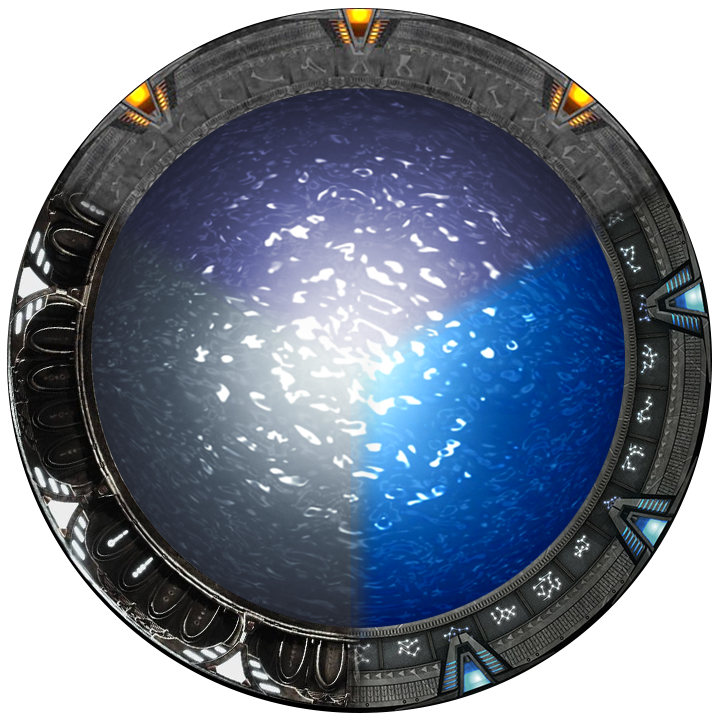224GB/s, killer security, no radio interference—but you can’t block the beam.
I burst out laughing while reading this article, it’s laughably bad, written by someone who doesn’t have the slightest understanding of the content matter.
Virtually all existing communication mediums are light based, since “Light” is a term that covers electromagnetic waves spanning a range from radio waves, all the way up to xrays, with visible light getting a small part of that range in the middle.
With all light there is a tradeoff where higher frequency light can carry more information at the cost of lower penetration. It’s why your 5Ghz wifi is faster than your 2.4Ghz wifi but the 5Ghz doesn’t reach as far in your house
Visible light is in the 400-800Thz (Terahertz), so it’s orders of magnitude better for transmitting a lot of data but since it’s blocked by most materials it works better if you use something to channel it, like a glass tube. Which is why visible light is already used extensively as the backbone of the internet, aka fiber optic cable. (to be completely accurate, most fiber optics use near visible infrared light, just below the visible spectrum, since it doesn’t scatter in glass as easily)
The new communication standard referenced is nothing ground breaking, it’s just a standard for any niche application which can make use of it. It’s not a new technology, and if it was better than existing methods we would already be using it.
Lol i thought this would be about directed wireless stuff, like comms lasers, but nope just… wifi with LEDs…
I mean … that’s great for outer space. Not so much down here, except in pretty niche applications.
I mean, you’re basically making a data lamp. Hold your phone up to it, get super fast wifi. That’s … niche at best, here on Earth. More refined VR eventually, I suppose?
Could also be useful for internal data transmission inside a chassis where, for whatever reason, a direct physical connection isn’t possible.
EDIT: Spelling
Yeah, this could be great for clustered computing. I only did software for a supercomputer company a while back so maybe there’s reasons this wouldn’t work, but it seems pretty useful within a rack. It’d probably make people over at [email protected] sad to see those cables go away though.
I don’t really see the advantage over a fibre connection myself.
No wires for line of site. No digging, no runs, no fragile expensive tips, etc. That is if and when it stabilizes as a medium.
You then have a communication system that can be shut down by fog or heavy rain though.
It’s slightly less stupid in interior applications, but data centre applications will almost always be better suited to wired.
Not really since then all computers share the same link and bandwidth, and latency will be very inconsistent with more than two computers since there will be crosstalk and retransmissions.
With cheaper cables, each computers can max out the bandwidth of each cable, and get much lower latency since there’s no crosstalk.
The only benefit is that you don’t have to run cables, everything else is worse.
They use collimated lasers in space to reduce beam divergence. Distances in space are HUUUGE. A simple bulb or even LED does not cut it.
I could totally see outside-in VR using this. You already have to be in view of a lighthouse, so adding extra equipment to transfer data instead of using a cable would be nice. You’d then need to include a battery in the headset, but all in all it’d probably be better than a cable. Other than that, yeah. I don’t see a use for this for many consumer products.
Imagine if they encased this light beam in some kind of fiber encasing so it retain it benefits but not worry about getting blocked. We could even call it a fiber optic cable or something
It’s benefit compared to current technology is that it isn’t contained in a cable.
The speed claim isn’t true, it’s ~150mbs being offered, and it doesn’t work if the air is bit dusty or foggy.
So TL;DR: It’s slower, more unstable and more expensive than already available directional “wifi” antennas that can do 10gbit over quite some distance.
After reading this article I googled for practical applications and they all sounded very promising but it’s emphasised that connectivity is basically relying upon a “line of sight” kind of deal - which had me wondering, could mirrors be used to reflect the light then, or would it some how distort the light rendering it unusable?
They could, but your 1s get mirrored to -1.
are we seriously gonna have to line our houses with transmitters now like vr lighthouses >_>
you’re perfectly free to keep using wifi, i sure as hell don’t need faster connections for my portable devices.
true true, I’d be jealous of those speeds though 😅
This is an interesting technology. I hope that there is some room for improvement as researchers discover more about the way this technology behaves because it seems to have a lot of promise.
What frequency does it run on?
I think there’s space for this in very specific use cases, none if which will be relevant to the average home or work customer. I’m thinking more like a small number of laboratory scenarios.









